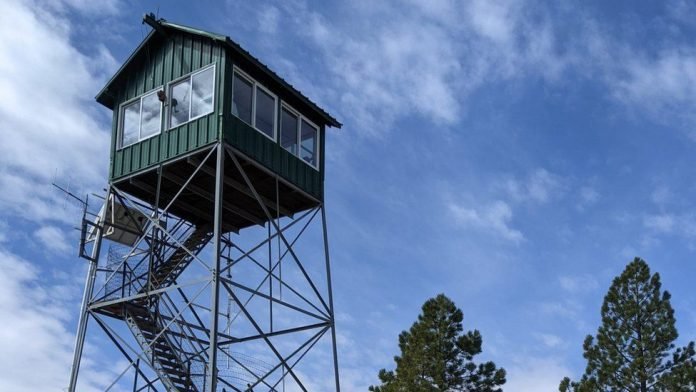Last Updated on October 15, 2022 by
Fire is the most significant frequently industrial hazard. The most excellent method to avoid damages and fatalities from fires is to prohibit them from starting in the first place. All businesses must establish fundamental fire prevention measures for safety procedures, which might incorporate a summary of the primary worksite fire risk and appropriate management and preservation practices for those products. The strategy must also address probable sources of ignition such as welding and smoking, relevant control procedures, and the types of fire safety apparatus or equipment that can be used to manage a fire. The identities and the standard job descriptions of those responsible for fire protection management and those authorized for mitigating energy origin threats should be included in the fire prevention strategic plan. Fire hazards comprise temperature, smog, and poisonous fumes, all of which can have devastating implications for the individual wellness and personal protection of those who are exposed to fire. Integrated systems such as fire sprinklers, smoke detectors, and alarm systems are required for many modern facilities and are likely to be present in workplaces.
There are fire protection guidelines that are intended for business owners. Although not all organizations are obliged to maintain an emergency response plan in place, the Occupational Safety and Health Administration or OSHA urges companies and businesses to be preventative by training individuals and their employees and staff about fire risks and demonstrating what to do in the event of a fire situation.
Table of Contents
What is Hot Work?
Hot work is the activities that include the usage of fire and its elements that has the potential to cause a fire incident. One example of this activity is welding. Welding typically involves sparks and flames that may lead to an actual fire. Hot work fires are very dangerous. These fire phenomena can lead to work place injury, death, and loss of property that may cause millions of worth. This is very common to many industries that use fires in their businesses. Safety is the number one priority in hot works. That is why there are a number of policies and guidelines made to be followed for safety and fie incident precaution.
The Hot Work Hazards
The fire triangle is the most dangerous component of a fire. At the same time, a hot work activity may include all of these three hazards all at once. Oxygen is always present anywhere, and it is necessary to make fire and eventually make it bigger. Fuels are substances that can be ignited. These fuels are abundant in workplaces like papers, woods, alcohol, paints, and many more. Last on the triangle is the ignition. Ignition is the product of the application of heat.
Who are Fire Watchers?
A fire watch is personnel responsible for monitoring and overlooking hot work areas. They are trained and experienced in all fire safety procedures. Fire watches are equipped with tools and safety kits that can be used in times of emergency. They must also wear protective gear specially made to fight the fire. Fire watches have the main job of alarming the whole place if there is a fire incident so that the employees and staff can proceed to the things they will need to do in case of an emergency. They are also the ones that should call or alert the nearest fire department. Because safety and warning are their primary job, putting off the fire is not the main goal, although they can try to control and put off the fire with their equipment and abilities strictly with precaution. It is also included in their duties to remain in the hot work area for at least 60 minutes to do the necessary monitoring and observation every day. This is because smoldering fire accidents may happen after the hot work, which should be monitored. At fastfirewatchguards.com, you can find out more about fire watch personnel and fire safety procedures.
According to the safety department, OSHA, companies, and departments are obliged to establish a fire emergency response plan, which includes:
- A map that the employees can follow and use for emergency exits.
- Clear procedures to be followed when evacuating for the safety of the people.
- Data and personal contacts of all the employees.
- Evacuation center and place for the people.
- An alarm system or unique call strategy is used in terms of fire incidents.
- Ways and tools to alert everyone in the building like alarms, whistles, and bells.
- General evacuation signal that is known by everyone.
- Fire emergency training and seminars.
Exits for Fire Emergency
Buildings are required to have emergency exits that are accessible to everyone. These exits are vital to give a safe path for the employees.
The Emergency Exits
- Emergency exits should be known and accessible to anyone.
- They must have a safe and protected path.
- They must have pathways, stairs, and ramps ready to be used in times of emergency.
- They must be connected to every area or floor of the building.
Read More: Top tips for finding the best fire protection system for your building
